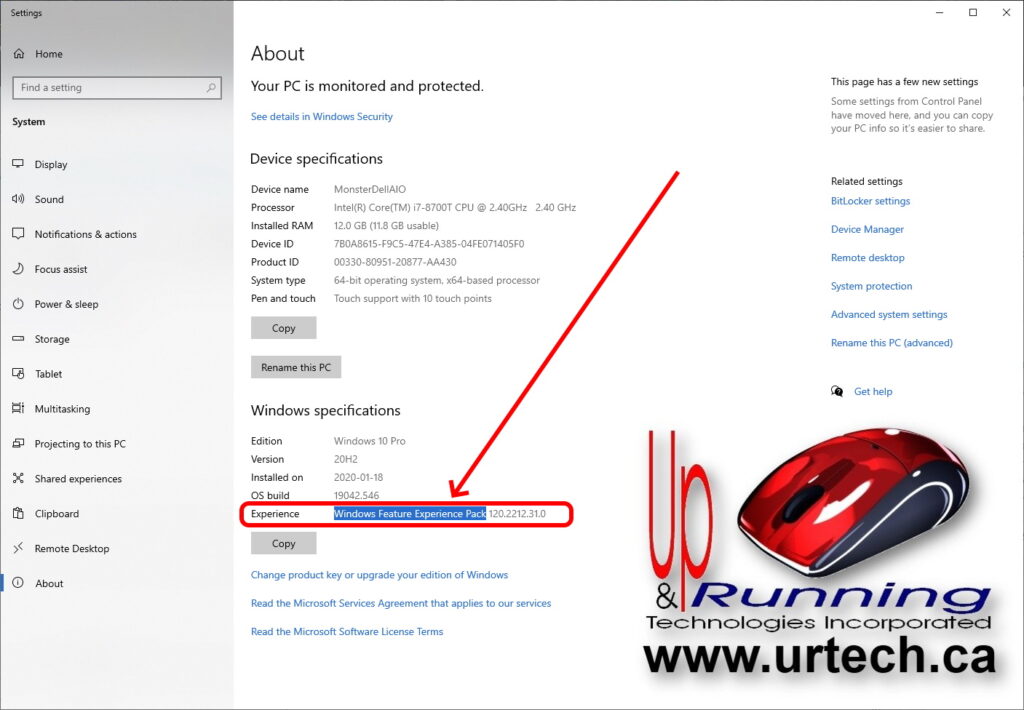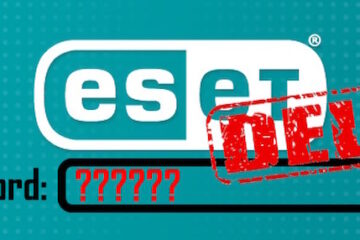In May of 2020 Microsoft started releasing Windows 10 builds with a new specification labeled EXPERIENCE Windows Feature Experience Pack
There has been wild speculation as to what this actually means because Microsoft has not made a formal announcement explaining the change. However, the Windows Feature Experience Pack was first noticed in the Windows Store late in 2019 .
Today and through the summer of 2020 we know that the Feature Experience Pack contains… well… very little. It started as an empty ‘dummy’ app but as the build numbers have changed (first spotted as 120.10601.30.0 but now at 120.2212.31.0 as shown I the screen shot of our Beta of Windows 10 20H2 above) apps have apparently been added. Mary Joe Foley, one of the tech industries most respected Microsoft insiders, says that it now contains:
- Snipping Tool
- Text Input Panel
- Shell Suggestion User Interface Tool
As Microsoft readies it’s new Windows 10X designed primarily for dual screen devices (like folding cell phones and laptops with a touch screen keyboard) it makes sense that there would be advantages to providing similar but different apps for different form factors.
Any company with an billions of installations on varied hardware like Microsoft has (cells, tablets, PC’s all with millions of different combinations of hardware components) will have problems patching and upgrading those devices. Microsoft has been called on for years to separate the UI (User Interface – core things like START button, printer dialog boxes and Control Panel apps) from the UX (User Experience – non-core apps like Wordpad, Paint, Browser, Media Player, Email Apps…) and this may be one way to do that.
Grouping UI updates like kernel changes, Start Menu redesigns and interface transparency options into one set (likely managed through Windows update) and a separate set of UX updates like Notepad, Edge, and Calculator into another bundle (likely managed through the Windows Store) may:
- give users more granular control of changes, and
- possibly increase system stability
We at URTech.ca think that separating these may simplify Microsoft’s world in the short run, but could lead to the update nightmare scenario Microsoft had prior to Windows 10 in which users were free to pick and choose which patches/upgrades they wanted. That lead to billions of pieces of disparate hardware running billions of combinations of potentially conflicting patches.
Microsoft could get around this train wreck by requiring putting out an annual build that contains both UI and UX upgrades, but is is all speculation right now.




2 Comments
Devender Kumar · October 2, 2020 at 3:36 am
Great information really appreciate
SOLVED: What Is The Difference Between a Windows “Update Stack Package” a “Servicing Stack Update” and a “Cumulative Update” – Up & Running Technologies, Tech How To's · August 7, 2023 at 4:27 pm
[…] “Feature Updates” are what we used to call upgrades. Back in the 1990’s Microsoft would release upgrades […]